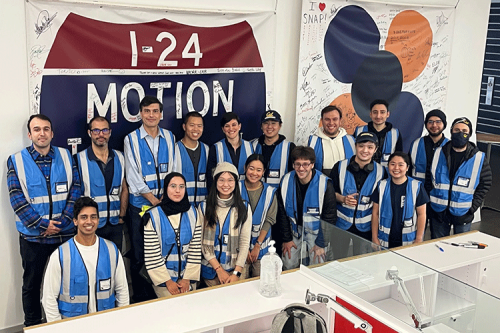Large-Scale Traffic Experiment Uses AI Against ‘Phantom’ Jam

CEE Professors Maria Laura Delle Monache and Alexandre M. Bayen discuss their research on the impact of AI-equipped vehicles on traffic jams and fuel consumption in a large-scale traffic experiment outside of Nashville through the Circles Consortium with Berkeley News:
“By conducting the experiment at this large of a scale, we hope to show that our results can be reproduced at the societal level,” said CIRCLES co-PI Maria Laura Delle Monache, an assistant professor of civil and environmental engineering at UC Berkeley. “Even when only a few vehicles behave differently, the overall system can be impacted, making it better for everyone on the road and not only for those with AI-equipped vehicles.”
“Driving is very intuitive. If there’s a gap in front of you, you accelerate. If someone brakes, you slow down. But it turns out that this very normal reaction can lead to stop-and-go traffic and energy inefficiency,” said Alexandre Bayen, associate provost and Liao-Cho Professor of Engineering at the University of California, Berkeley. “That’s precisely what AI technology can fix — it can direct the vehicle to things that are not intuitive to humans but are overall more efficient.”
